Professor Oliver Probst, a research professor and national director of the MSc in Engineering program at Tecnológico de Monterrey, shares tips on how to save energy at home.
Probst remarked that true change begins with what we do every day, how we think about and value our surroundings.
“We have to rid ourselves of the idea that more is better. Stop judging people on the size of their car or their home. Think more about experiences than belongings.”
According to the academic, consuming less energy isn’t about giving things up but about raising your awareness, becoming healthier, and improving your quality of life.
Here are his tips on how to change perspective, save energy, and pollute less.
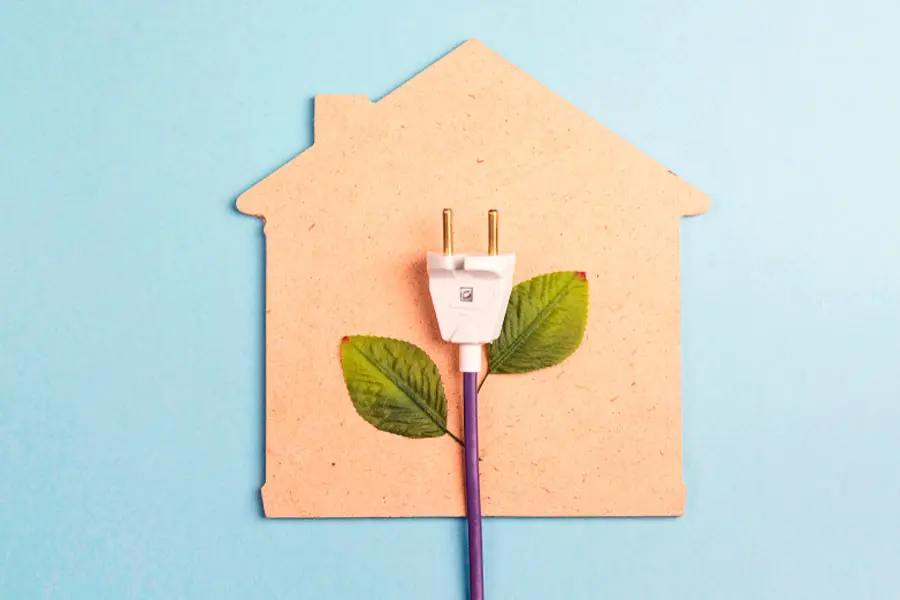
What can you do at home?
-Install solar panels at home
According to Probst, this step is one of the most effective and convenient as you can pay the investment off in a few years and solar panels can supply power for everything from air conditioning to charging an electric vehicle.
“Just a couple of panels can cover charging your car and even using the air conditioning. The best part is that I can (now) do so literally for free,” he says, comparing this amount to what most people spend on gasoline every month.
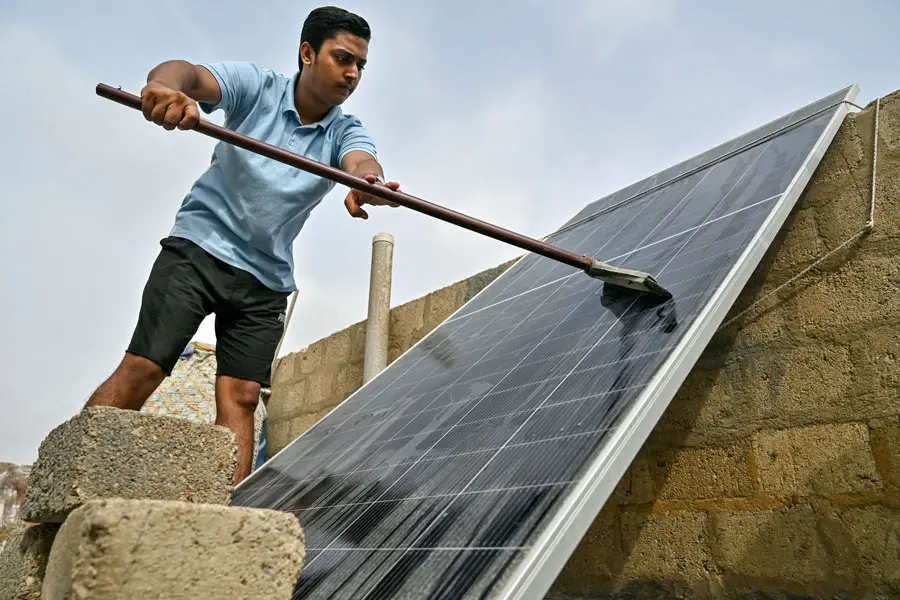
- Get an electric vehicle
“Electric cars now cost practically the same as gasoline-powered ones, but you stop paying for gas. And if you’ve installed solar panels, you cover all your costs,” he explains.
In his case, just two panels supply power to his home and his car without the need to depend on fossil fuels.
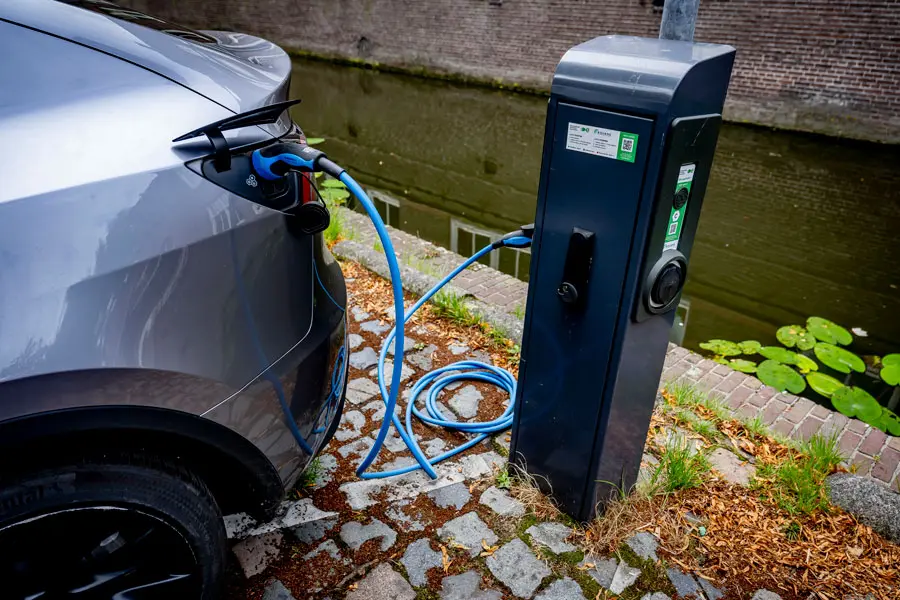
- Walk or ride a bike for short distances
Small steps like leaving the car at home when you go to the store or visit a nearby friend can make all the difference, said Probst.
“If you can do your shopping at a store 500 meters away, why would you take the car? You can walk there; it’s better for your health and it’s better for the planet.”
Besides the environmental benefit, getting around on foot or by bike makes you fitter, reduces stress, and connects you more with your surroundings.
Electric bikes, which are getting cheaper every day, are also a practical option for middle-length distances, especially in cities with cycling infrastructure.
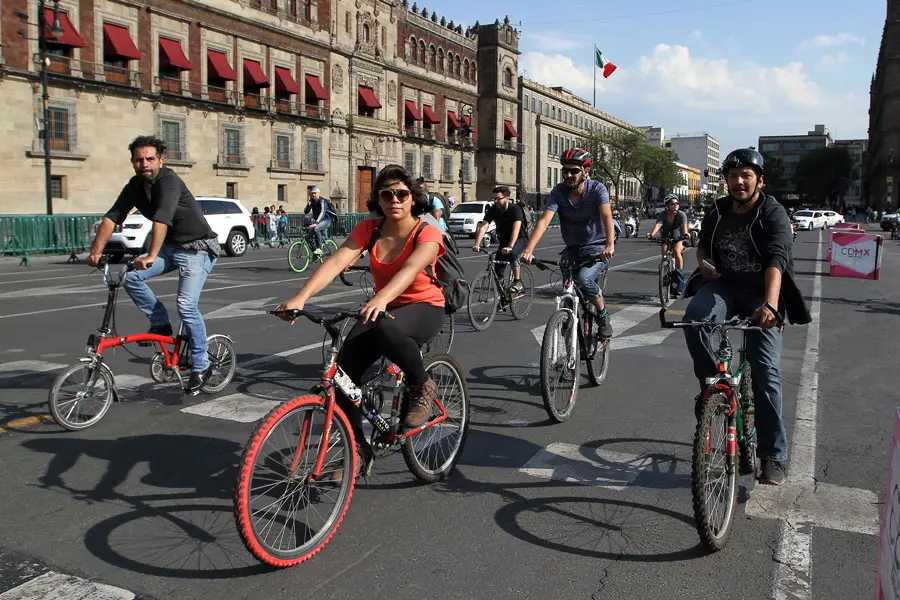
- Rediscover public transport
Public transport is one of the most powerful tools for reducing emissions in urban areas, said Probst, as you share the energy cost with hundreds of people, which reduces your carbon footprint significantly.
“People need to rediscover public transport (...) It’s a great opportunity to leave the car at home.”
Taking the subway or bus, even if it’s a couple of times a week, has a positive impact.
This can also translate into financial savings, less traffic, and increased safety, especially with the modernized vehicles and routes cropping up in several cities nationwide.
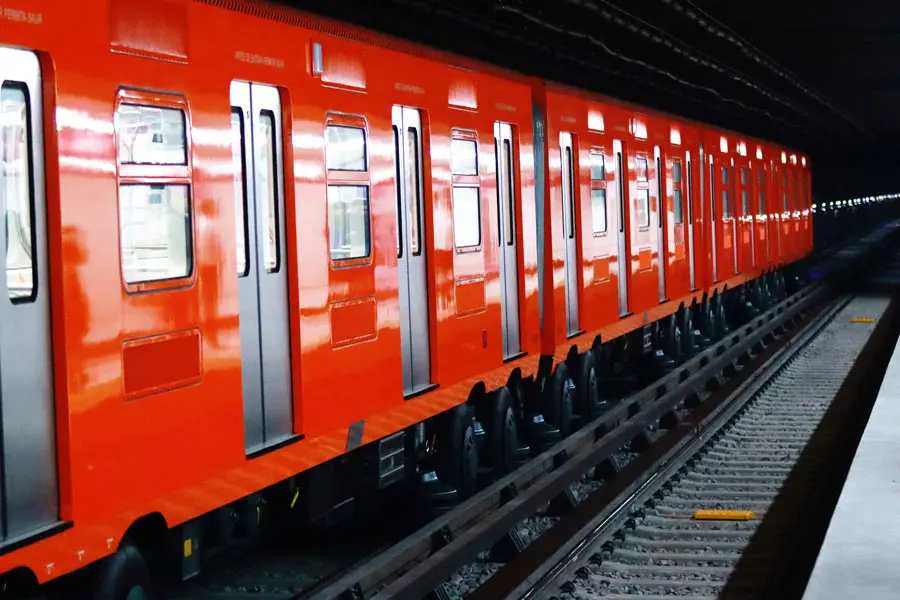
- Turn off devices you’re not using and switch to LED light bulbs
You don’t have to make a large investment to start saving energy at home, as turning off lights, unplugging appliances you’re not using, and switching to LED light bulbs are steps that have a direct impact on your electricity bill, said Probst.
“These everyday expenses become even more important when they’re repeated on a mass scale. If millions of people adopt the habit of turning off what they’re not using, the sum of these individual efforts becomes a global solution.”
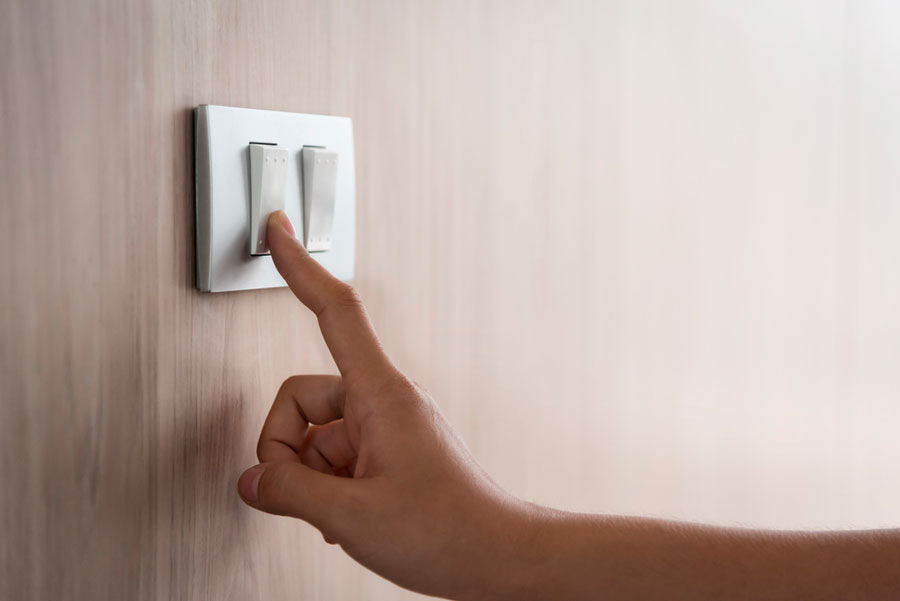
-Be conscious of your environmental impact
What’s more, changing your energy consumption habits also encourages you to reflect on your lifestyle: do you really need to have so many devices plugged in all day long?
Being conscious of your energy use is the first step towards living more sustainably, as grass-root actions matter when we want to bring about structural change, said Probst.
“The country could be 100% renewable. It’s technologically possible".
How is energy generated in Mexico?
In terms of generating electricity, one source is natural gas.
“Over the years, natural gas has displaced other sources to make up two thirds of electricity generation consumption.
“Although it’s ‘clean’ at the point of combustion, it still emits carbon dioxide (CO₂), which is the main greenhouse gas.”
The problem is aggravated by the upswing in the use of fuel oil, a waste byproduct of oil that has come to represent 30% of generation in certain regions.
This significantly increases polluting emissions and environmental risks.
But why is CO₂ so important?
“Carbon dioxide absorbs radiation and releases it as heat. The more CO₂ there is in the atmosphere, the more infrared radiation is absorbed, which increases the planet’s temperature,” explains the researcher.
This excess heat is what causes global warming, with the following consequences that the UN has identified as increasingly frequent and severe:
- Increased droughts
- Intense storms
- Rising sea levels
- Loss of biodiversity
- Food scarcity
- Forced human displacement
“We now have emissions that are the result of human activity, the main consequence of which is climate change".
What are the alternatives?
Since 2010, solar and wind energy have ceased to be far-fetched promises and become palpable realities, said Probst.
They now represent between 10% and 12% of electricity in Mexico, respectively, and have experienced sustained growth despite continuing to face structural barriers.
“The country could be 100% renewable. It’s technologically possible. When we go from the current level of 10% to 50%, storage with green hydrogen will play a key role.
“However, for now, we have to install more solar and wind parks, as well as continue to empower people to generate their own energy.”
Unlike fossil fuels, these technologies enable us to produce energy that is cleaner, more decentralized, and more resilient.
They also foster individual and national energy independence.
Although hydroelectric energy has played a leading role in the past, it has limited opportunity for expansion.
Conversely, renewables such as solar and wind can grow in a manner that is modular and quick, adapting to each community’s needs.
“The solution is in sight. We just have to accelerate the transition,” concluded Probst.
Ruta Azul: Collective commitment to sustainability
Through Ruta Azul, Tecnológico de Monterrey promotes a sustainable transformation with clear goals: reduce its environmental footprint, promote clean energies, and foster a culture of environmental care among students, faculty, and employees.
According to the most recent report on its achievements from 2023-2024, the initiative has already managed to implement over 300 projects and consolidate energy efficiency strategies across its campuses.
ALSO READ:





